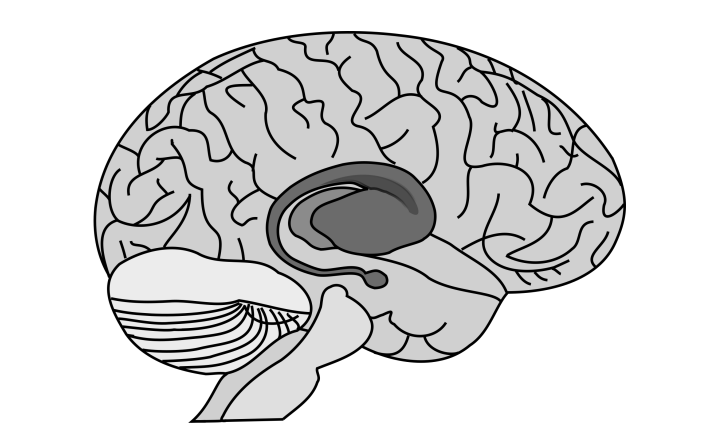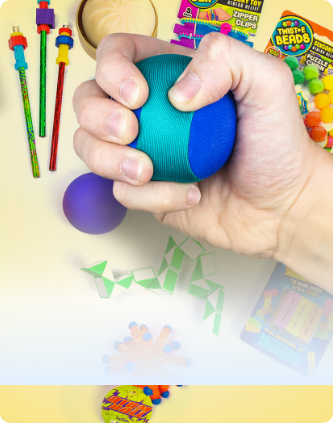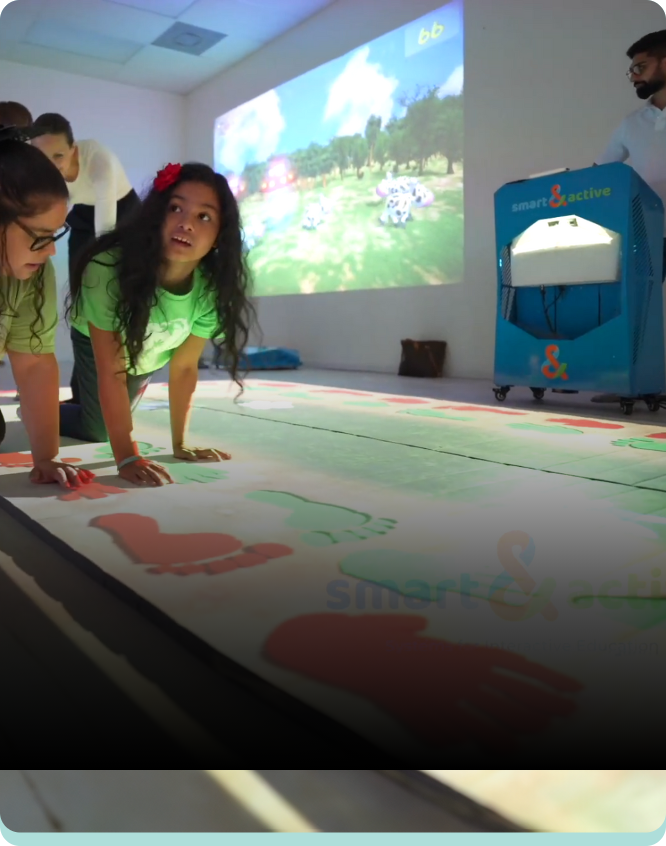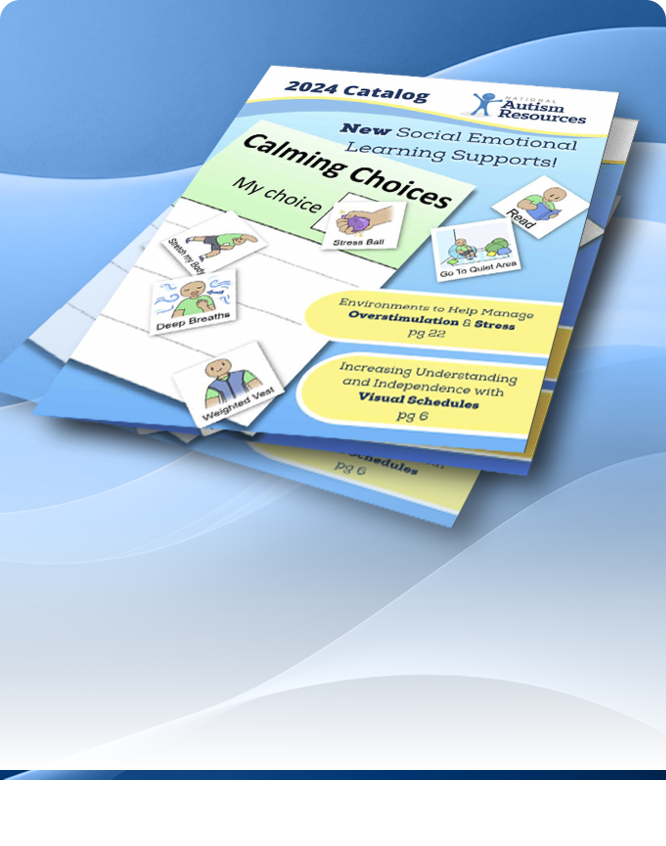Executive Function and ASD: Evidence-Based Practices to Help ALL Learners Succeed
Posted by Carol Burmeister, M.A. on Aug 3rd 2020

If you are an educator, currently working in today’s school settings, chances are you interact with learners with autism spectrum disorder (ASD). Many of them exhibit strengths that allow them to memorize facts, attend to detail, focus on academic content, share information with others on a topic of interest to them, and follow clearly stated behavioral expectations. But for many learners on the spectrum, a lack of appropriate executive function (EF) skills—which includes the ability to switch between topics and activities, initiate action, cope with change, make choices, plan and organize, inhibit impulses, manage emotions, and solve problems—make reaching high expectations in today’s classrooms difficult.
One way to remember the types of skills that fall under the category of executive functions is to remember the acronym FLIPP, which stands for Flexibility, Leveled Emotionality, Impulse Control, Planning, and Problem Solving (Wilkins and Burmeister, 2015). Once we recognize the potential deficits of EF in our students, we can determine strategies that are appropriate for supporting the development of EF skills. While many interventions with no scientific evidence have been suggested for learners with ASD, the good news is that focused intervention practices that have substantial evidence for effectiveness in promoting positive outcomes for learners with ASD have been identified. One important resource for us to be aware of is the review of the literature by the National Standards Project from the National Autism Center, in which fifteen established interventions (fourteen established interventions for individuals ages 0-22; one established intervention for individuals ages 22 and over) are identified (National Autism Center, 2015). Another resource is the National Professional Development Center on ASD’s report, which identifies 27 practices in Evidence-Based Practices for Children, Youth, and Young Adults with Autism Spectrum Disorder (Wong et al., 2014).
Potential evidence-based practices that teachers may want to consider to address difficulties in EF include visual supports, social narratives, and video modeling. Effective visual supports include environmental modifications to a student’s environment that support engagement in a desired behavior or skill (Wong, et al., 2014). For a student who just can’t seem to get started on an activity or assignment, or who has difficulty making the switch between activities, using a visual support in the form of a first-then board may useful. The function of a first-then board is to show the order of two activities by specifying what activity must be completed first (e.g., first math, then reading; first bell work, then your Spanish vocabulary words; first housekeeping chores, then screen time). Depending on the age and the developmental level of the student, the activities can be visually represented using images or text.
Reminder cards are another type of visual support. They are individualized for a specific situation, created and placed on a piece of paper, an index card, or other media (i.e., iPad or smartphone,) that is easily accessible. Using language and/or illustrations that instruct the student what to do versus what not to do, reminder cards can also be placed in the student’s binder, inside school locker, etc. Used in the classroom as well as other school environments, they can provide a visual cue to remind the student to focus, pay attention, remain on task, complete work, turn in assignments, inhibit responses, raise hand to ask questions, etc. (Wilkins and Burmeister, 2015).
Student behavioral expectations in today’s classroom include the ability to work appropriately in small groups. To interact successfully, learners need to have the ability to read the intentions of others and understand emotions. This can be especially challenging for students who struggle with taking perspective taking. Social narratives, interventions that describe social situations in some detail by highlighting relevant cues and offering examples of appropriate responding (Wong, et al., 2014), may help students gain information about the thoughts and feelings of others, as well as contextual information they may have missed (Wragge, 2011). As with visual supports, social narratives are specific to a learner’s needs and may include photos or other images to support social and behavioral understanding. Social narrative strategies include social scripts, power cards, and cartooning.
Social scripts, the most basic of social narrative strategies, are an effective way to decrease the demands of conversing (Aspy and Grossman, 2012). Determine which social situations are difficult for a student and formulate a brief, simple dialogue. Script topics may include joining or leaving a group activity, asking for help, or discussing points of view on a particular topic. Written on small index cards and kept in an unobtrusive place, they can be easily accessed and used as initiation or response cues in specific situations. Allow frequent opportunities for guided practice; then provide support as the student practices in actual situations.
A power card is a social narrative that capitalizes on a student’s passion or special interest (Gagnon, 2001) to teach and reinforce social, academic, and behavioral skills. The power card strategy consists of two major components: a short scenario that describes the problem-solving process for a situation that is difficult for the student’s hero, role model, or special interest and the card itself, which recaps how the student can use the same strategy to solve a similar problem (Gagnon, 2006). The card may be the size of an index card, business card, or bookmark and include an illustration of the student’s special interest. The power card strategy can be a valuable tool for supporting learners with EF deficits in our classrooms as well as other school environments.
Cartooning refers to the use of cartoons to enhance social understanding (Wragge, 2011). Comic Strip Conversations™, an application of cartooning (Gray, 1994), are simple drawings that illustrate ongoing communication, providing additional support to those who struggle to comprehend the quick exchange of information that occurs in a conversation. Simple symbols and stick drawings can be used to turn abstract dialogue into a concrete representation, allowing an individual an opportunity for reflection and understanding. For learners with ASD who have difficulty identifying thoughts, beliefs, and motives of others, the thought bubbles used in Comic Strip Conversations™ can be an effective way to explicitly emphasize what people may be thinking, providing missing social information through concrete visual representation.
Video modeling capitalizes on the strength processing channel which, for most individuals with ASD, is visual--by presenting a visual representation of the target skill instruction (Burmeister, 2010). While four types of video modeling include basic video modeling, video self-modeling, point-of-view modeling, and video prompting (LaCava, 2008), each involves the following basic components: (a) the learner being taught or other models are videotaped demonstrating some targeted behavior, (b) the video recording is then played back to the learner, and (c) the learner is prompted or asked to demonstrate the behavior (Wong, et al., 2014). Video modeling has effectively been used in home and school settings (Bellini and Akullian, 2007), can be used to address a broad range of needs for students of all ages (Aspy and Grossman, 2012), and is easily incorporated with the features available on the average smartphone, such as a video recorder (Wilkins and Burmeister, 2015).
Although EF deficits can greatly impact a learner’s ability to access the curriculum that is provided to all students, these easy-to-use strategies can help learners with EF deficits to be more mentally flexible, less impulsive, able to control emotions, and capable of planning and problem solving.
References
Aspy, R. & Grossman, B.G. (2012). The Ziggurat Model (2nd ed.). Shawnee Mission, KS: Autism Asperger Publishing Company.
Bellini, S., & Akullian, J. (2007). A meta-analysis of video modeling and video self-modeling interventions for children and adolescents with autism spectrum disorders. Exceptional Children, 73(3), 264-287.
National Autism Center (2015). Findings and conclusions: National Standards Project, phase 2.Randolph, MA
Burmeister, C. (2010). Practical strategies for strengthening social skills and addressingchallenging behaviors of students with autism and Asperger Syndrome. Bellevue, WA:Bureau of Education and Research.
Gagnon, E. (2001). Power Cards: Using special interests to motivate children and youth with Asperger Syndrome and autism. Shawnee Mission, KS: AAPC Publishing.
Gagnon, E. (2006, January). Autism and Asperger Syndrome: Classroom strategies that really make a difference! (Grades K-12). Presentation at the California Elementary Education Association, Ontario, CA.
Gray, C. (1994). Comic strip conversations. Arlington, TX: Future Horizons.
LaCava, P. (2008). Video modeling: An online training module. (Kansas City: University of
Kansas, Special Education Department). In Ohio Center for Autism and Low Incidence
(OCALI), Autism Internet Modules, www.autisminternetmodules.org. Columbus, OH:
OCALI.
Wilkins, S. and Burmeister, C. (2015). FLIPP the switch: Strengthen executive function skills. Shawnee Mission, KS: Autism Asperger Publishing Company.
Wong, C., Odom, S.L., Hume, K., Cox, A.W., Fettig, A., Kucharczyk, S.,... Schultz, T.R. (2014). Evidence-based practiced for children, youth, and young adults with Autism SpectrumDisorder. Chapel Hill, NC: The University of North Carolina, Frank Porter Graham ChildDevelopment Institute, Autism-based Review Group.
Wragge, A. (2011). Social narratives: Online training module (Columbus, OH: OCALI). In OhioCenter for Autism and Low Incidence (OCALI), Autism Internet Modules,www.autisminternetmodules.org. Columbus, OH: OCALI.







